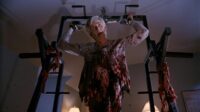No one ever stops coming-of-age, at least, that’s a central theme of Rushmore. Unlike other such stories, the main characters in need of growth aren’t done maturing by movie’s end. It’s revealed that coming-of-age is a continuous process, revisited from time to time, and unfortunately, this can be a very messy affair. That’s to say, people slip and stumble as they climb higher, and this makes the 1998 film an excellent point to reflect on director Wes Anderson’s career.
Rushmore follows Max Fischer, an enthusiastic student totally devoted to the prestigious school he attends. Unfortunately, Max is on the verge of flunking out. He then meets Herman Blume, a self-made millionaire industrialist, wrapped up in his own existential crisis. The two become odd role models for one another then enemies as they both fall for the same woman, a teacher at Rushmore named Rosemary Cross. It’s a bittersweet comedy featuring superb performances from Jason Schwartzman, Bill Murray, and Olivia Williams as these characters.
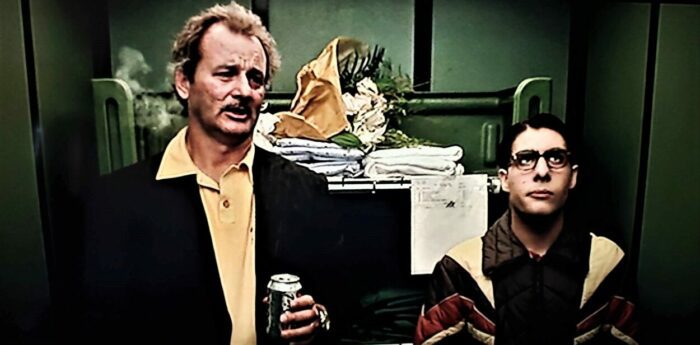
To say Rushmore is about one thing would be incredibly reductive. Yet, if it were boiled down to a single idea, life isn’t always what people perceive, especially when they can’t see outside themselves. Among Max’s myriad improbable ambitions, he believes there’s some grand romance blooming between him and Rosemary when absolutely zero chance exists. Herman is a grown man looking for someone to say he’s done well, so basks in the admiration of a kid he thinks has it all figured out. Rosemary is a widow who never really got over the death of her husband but thinks she’s totally fine even though she resides in his childhood home, figuratively living in the past.
Woven throughout are themes which would become present in all of Wes Anderson’s movies. Mainly, a story focused on misfits seeking a family. In addition, characters who are lost and confused because the world is no longer in line with their world view, usually because the absolute confidence with which they’ve been ignoring reality is finally cracked by inescapable events. There are also individuals in a state of arrested development, and while hints of these elements can be seen in Anderson’s first film Bottle Rocket (1996), what sets Rushmore apart is the real beginning of this auteur’s visual aesthetic.
Most analysis of Wes Anderson’s filmography tends to focus on everything that comes after Rushmore. This is typically because films like The Grand Budapest Hotel, The Royal Tenenbaums, and The French Dispatch are such obvious examples of Anderson’s style. Rushmore is the filmmaker’s first step towards an aesthetic that would define his career, however, the blatant nature of what would come to follow is a little less pronounced.
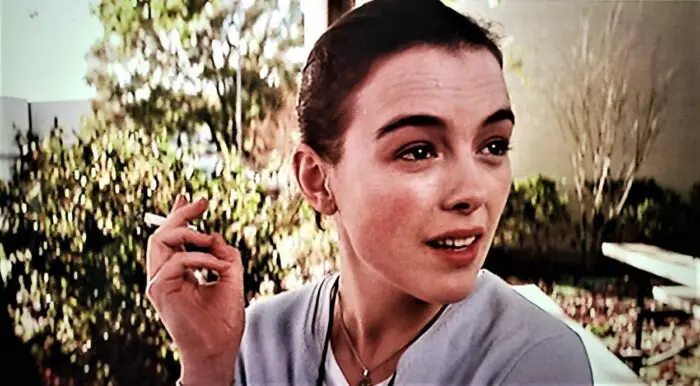
Make no mistake, it’s there. Planimetric composition featuring highly symmetrical shots can be found in Rushmore. There’s a certain sense of color used for visual storytelling, though nothing quite as distinct as later films. And one can’t forget deep cut needle drops alongside obscure indie rock populating the soundtrack. Additionally, there’s the burgeoning aspiration to make a movie visually reminiscent of a storybook. As mentioned on the Criterion collection DVD commentary, Anderson desired to compose Rushmore as a kind of adult fable.
Still, the film’s lower budget, relative to future projects, restricted certain cinematic choices. For instance, the movie is shot on location, mostly at St. John’s School in Houston, Texas. Since it isn’t a set built to accommodate scenes, some signature shot choices don’t exist in this film. Yet, there are dynamic examples of Anderson’s intense embrace of artifice.
Films in the United States tend to lean towards naturalism. The goal is to blur if not entirely erase the line between what’s on screen and reality. Even the current glut of superhero flicks aspires to some vague semblance of realism, creating a world that feels similar to audiences’ own. And while that’s a valid choice, embracing cinematic artifice can allow for more visual storytelling.

Consider, there’s a scene in Rushmore where Rosemary Cross is talking to Max Fischer. The two are seen through windows conversing in a classroom while feeding fish. As they move down the long line of tanks, Rosemary mentions her husband. Looking crestfallen, Max moves along the row and here is where the visual poetry kicks in. Before, both performers occupied an unbroken space in the same windowpane. Now that Max is aware of Rosemary’s husband, he stands with the line of a window frame visibly cutting him off from her. As Rosemary mentions she’s a widow, they shift to the next group of fish tanks where they occupy an undivided windowpane together again.
Any other director, it might feel like reading too much into a scene. However, with Wes Anderson, whose precise, deliberate choices border on self-parody at this point, it’s not a stretch. Moreover, this is exactly the kind of embrace of artifice which became a hallmark of his movies.
There’s nothing natural about any film. Even those who claim to be totally devoted to realism have made artistic choices such as what to show on screen. The second someone makes any decision about how reality is presented it stops being reality. Yet, whatever visual and acting stylization is chosen, it’s all ultimately in service to the story — the point the movie is trying to convey. That’s what makes Rushmore compelling in relation to this auteur’s oeuvre.

There’s a somewhat valid, though shallow, argument that Anderson makes the same movies over and over. What credibility there is to that starts with Rushmore. Mainly because every film afterward explores some notion presented in that narrative.
In a broad stroke sense, certain themes are often revisited across Anderson’s filmography, but they’re never addressed the same ways. Herman Blume’s midlife existential crisis is similar but hardly the same as The Fantastic Mr. Fox. The loss of youthful innocence for Max Fischer doesn’t come the same way for characters in Moonrise Kingdom. Dealing with grief, prevalent in many Anderson movies, isn’t approached the same way in The Royal Tenenbaums as it is in The Darjeeling Limited. Rushmore even does its best to avoid directly addressing the obvious affect loss is having on its main characters (e.g., Max’s mother and Rosemary’s very dead husband Edward Appleby). Instead, it leaves that loss as a subtle influence on character’s behavior rather than central narrative focus.
Still, the seeds are all laid out in Rushmore. Consider how the concept of sic transit gloria, the notion that glory fades, is echoed from here all the way to The French Dispatch. Every film since Rushmore is, in some way, about people or places whose best days are in the past. This necessitates them growing as individuals. Otherwise, they may not find, if not new glory, at the very least, peace of mind.
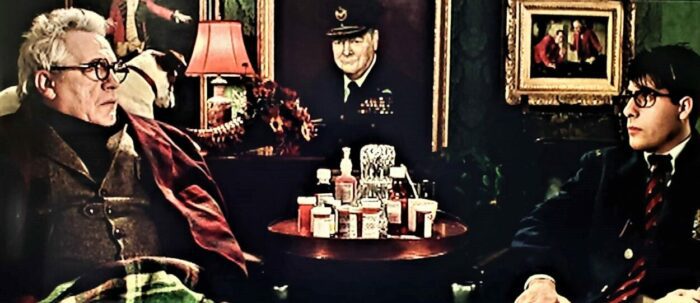
Anderson’s movies often deal with profoundly dark notions most people go to the movies to avoid. Over the years, he’s wrapped those grim packages in whimsical celluloid. This simultaneously highlights the absurdity of existence while softening the gut punch. However, Rushmore lacks this honeyed presentation. In a way, it’s a crueler film in Anderson’s sentimental cinematic universe.
For instance, when an exacerbated Rosemary finally confronts Max. She doesn’t wound him then a clever line sugar coats the cut. She aggressively calls out the childish naivety of this boy who considered himself fully adult and there’s no way to feel comfortable watching the scene unfold. Furthermore, as Max spirals down at one point, although his response is comedic in some sense, his actions are designed to destroy the lives of the people who’ve hurt him. Said injuries including an adult woman refusing to have a romantic relationship with him, a child. In Rushmore, the full human potential for pettiness is on display, especially as Bill Murray’s Blume soon goes to war with a teenager.
Whatever cruelty exists in subsequent films is typically reserved for one of the oldest of cinema tropes. Adrian Brody in The Grand Budapest Hotel is literally a mustachioed villain clad in black. Consequently, the meanness of characters in Rushmore possesses a uniqueness. Far from Hollywood homage, they’re more human.
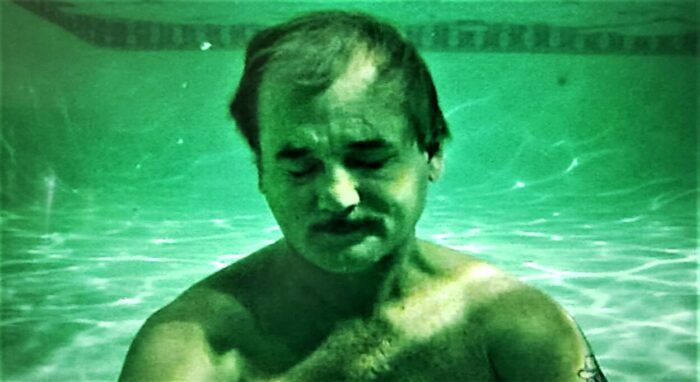
Now, it’s no secret Wes Anderson is largely influenced by French New Wave cinema. So much has been written in that regard there’s no new ground to cover. What’s worth mentioning, though, is how Anderson doesn’t borrow everything from the French New Wave.
Also known as La Nouvelle Vague, he takes inspiration from directors such as François Truffaut and Jean-Luc Godard. As Matt Zoller Seitz wrote, “think of the lateral tracking shot through the classroom in The 400 Blows mirrored in the first scene of Rushmore.” Another clear influence is Robert Bresson. As Roger Ebert observed, “what you notice was the extreme restraint of [Bresson’s] actors… and the way the action centered on what his characters saw, rather than what they did.” This similarly muted emotional expression is a consistent trait of Anderson’s characters as well, but although hinted at in Bottle Rocket, these affected displays and deadpan comedy become more pronounced in Rushmore.
While Anderson incorporates many of the techniques pioneered by the French New Wave, he doesn’t use all of their innovations. Unlike Godard, he never utilizes improvisation. Furthermore, the directors of the La Nouvelle Vague experimented, expanding the constraints of celluloid. Anderson has steadily evermore nestled into a niche. In a way, he’s a great example of the sad aftermath of the French New Wave.
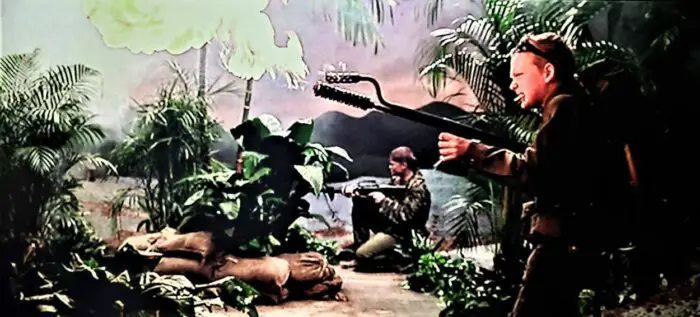
It arose to break off the restraint of studios’ filmmaking formulas. It meant to free the art form from restriction. Yet, as time has passed, what were fresh techniques have been codified into formula all their own. In the case of Wes Anderson, looking from Rushmore to the present, it’s clear his style hasn’t grown so much as intensified. In a weird way, he’s trapped himself in a predictable format all his own. Though fans may appreciate this, it makes his films more alienating to audiences who find it unappealing.
It also gives license to those who claim his movies are more style over substance. Yet, that seems to suggest style cannot be substance. Still, it calls to mind the words of film critic Pauline Kael.
She wrote, “An artist may regret that he can no longer experience the artistic pleasures of his childhood and youth, the very pleasures that formed him as an artist.”
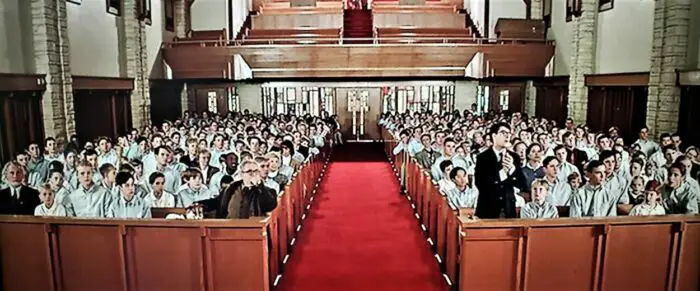
With Rushmore, Anderson leapt towards the style of moviemaking that would define his career. Immediately afterward, he bounded into The Royal Tenenbaums which most would agree finalized his visual style. Yet, the progression of his career, with Rushmore in mind, seems to be someone still trying to see what they can do; how much control a director can exert over acting and images. If we suggest he came-of-age composing the story of Max Fischer, perhaps, like Herman Blume, it’s time to redefine a life once again. After all, coming-of-age is a continuous process. One can’t climb higher reaching for the past.
What we dislike is often confession. It reveals as much about the audience as the creation does about the artist. After all, as Asger Jorn once expressed, what’s created is “showing how much [the artist] has felt of himself and his society, how much he spans and how deep his experience goes.”
It’s hard to judge a career that hasn’t ended. There’s no telling whether Wes Anderson will break away from his formula to, at least, attempt a different style. It certainly wouldn’t hurt to see him make something more diverse. The lack of representation so far speaks to a limitation in the auteur which is only as insurmountable as his willingness to try.
That said, masterpieces are only great in relation to what came before. One of the hardest things to appreciate about any style is how great it is before it becomes obvious. In that regard, Rushmore speaks volumes. After all, growth is a continuous process. For those getting the most from it, evolution never stops. Through Rushmore, someone as skilled as Wes Anderson shows potential for more.


